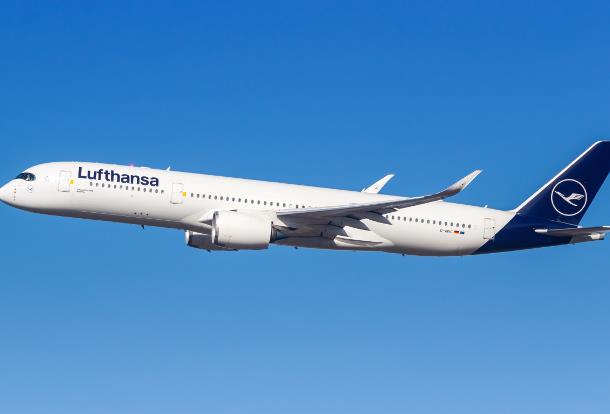The Civil Aviation Administration of China (CAAC) and China Railway Corporation (CRC) signed a strategic cooperation agreement on May 10 to promote air-rail connection services. The two sides will join hands in improving infrastructure, innovating products, upgrading services, further sharing information and implementing demonstration projects.
Prior to forming the alliance, China’s high-speed railways and the civil aviation industry were competitors. The high-speed railway has been rapidly improving on-time rates, competitive ticket fares and comfortable experiences, thus putting the civil aviation industry under pressure.
Studies show that high-speed trains and planes are highly competitive when the travel distance ranges between 300-1000 kilometers. For example, the introduction of the high-speed rail line from Beijing to Shanghai has diverted a sizable passenger traffic from the Beijing-Shanghai flight route. The cost of an air ticket from Beijing to Shanghai at around 500 yuan (excluding fuel costs) is comparable to 553 yuan for a second-class seat on a high-speed train.
The integration of air and rail networks means they will compete and cooperate at the same time.
Currently, some Chinese cities have already achieved seamless connections between airports and high-speed rail stations. The Hongqiao Transportation Hub in Shanghai west is the most notable case.
The multi-modal transportation hub connects airports, high-speed rail stations, city metro system, public ground transportation and intercity expressway services. Hongqiao International Airport is located next to Hongqiao High-Speed Rail Station, a one-stop subway ride for passengers.
The Chengdu Shuangliu International Airport has also established an easy transfer – as the airport is located directly above the railway station, passengers can take an elevator to access either means of transportation.




